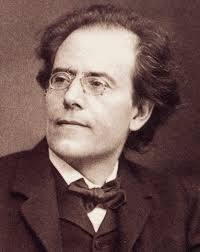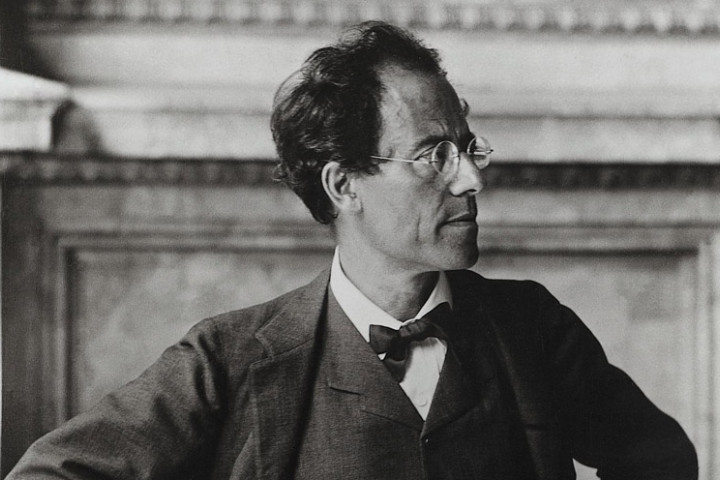The Monumental Journey of Gustav Mahler’s Symphony No. 3
Gustav Mahler’s Symphony No. 3 is one of the most ambitious and expansive symphonic works ever composed. Completed in 1896 and revised in the years that followed, this towering piece represents the composer’s philosophical exploration of nature, life, and the cosmos. With its vast structure, emotional range, and innovative use of vocal and orchestral forces, Symphony No. 3 remains a landmark in the symphonic repertoire.
Conception and Background
Mahler began sketching ideas for the symphony in the summer of 1893, during his annual retreat to the idyllic Austrian countryside. He found inspiration in the natural beauty surrounding his composing hut in Steinbach am Attersee, where the sounds and rhythms of nature deeply influenced his musical imagination.
Initially, Mahler envisioned Symphony No. 3 as part of a grand philosophical trilogy that would begin with Symphony No. 2 (“Resurrection”) and conclude with a work centered on love (Symphony No. 4). He even considered titling it The Happy Life, My Joyful Science, or A Summer Morning’s Dream. Though these titles were later discarded, they provide insight into the deeply personal and spiritual nature of the work.
Structure and Themes
At over 90 minutes in duration, Symphony No. 3 is Mahler’s longest symphony and is often divided into six movements, each depicting a stage in a grand cosmic narrative. Mahler originally gave programmatic titles to each movement, though he later removed them to avoid limiting interpretation. These were:
- “Pan Awakes. Summer Marches In” – A vast, dramatic first movement portraying the awakening of nature.
- “What the Flowers in the Meadow Tell Me” – A graceful minuet reflecting delicate pastoral beauty.
- “What the Animals in the Forest Tell Me” – A lively scherzo incorporating animal calls and humorous elements.
- “What Man Tells Me” – A somber, introspective setting of Nietzsche’s Midnight Song from Thus Spoke Zarathustra.
- “What the Angels Tell Me” – A joyful, childlike movement using a women’s chorus and boys’ choir, featuring a text from the German folk-poem collection Des Knaben Wunderhorn.
- “What Love Tells Me” – A transcendent finale, culminating in a serene, spiritual expression of divine love.
Each movement contributes to a journey from the primal forces of nature to the sublime expression of human and divine love. Mahler’s use of vocal parts in the symphony—rare for symphonic form at the time—underscores the work’s emotional and philosophical depth.
Premiere and Reception
The premiere of Symphony No. 3 took place on June 9, 1902, in Krefeld, Germany, with Mahler himself conducting. While only the second, third, fourth, fifth, and sixth movements were performed that day, the work received a warm response from the audience and critics alike. The full symphony was first heard in its entirety in 1903.
Despite initial mixed reactions in some quarters due to its unconventional structure and length, Symphony No. 3 gradually earned recognition as one of Mahler’s greatest achievements. Celebrated figures such as Bruno Walter and Arnold Schoenberg admired the work, and it has since become a staple of the symphonic repertoire.
Legacy and Impact
Mahler’s Symphony No. 3 stands as a monumental synthesis of philosophy, nature, and music. Its broad narrative and emotional depth foreshadow the existential concerns that would shape much of 20th-century art and thought. The work challenges both performers and listeners with its scale and demands, but rewards them with a profoundly moving and transcendent experience.
Today, Symphony No. 3 is regarded not only as a milestone in Mahler’s output but also as one of the most significant symphonic works of all time—a testament to the composer’s vision of music as a mirror of life and the universe.


Comments are closed